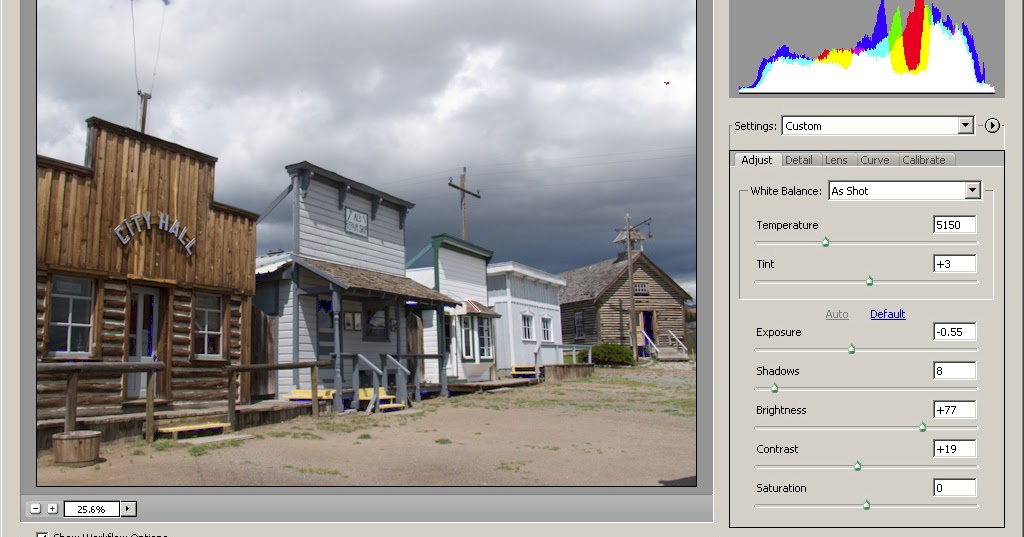
That will get the CR3 out of the equation. I shall try today to take a CR2 and covert to DNG as well as import directly into LR 6 and see how the two compare both before processing and in processing "ability".

But it appears others are not seeing the limitations I am seeing. I posted in hopes someone might say, ahhh, this is a setting you are missing or something else to assist making this work as expected/desired. Therefore I believe the decoding of a CR3 to DNG is less than ideal and perhaps flawed. And the fact that try as I may, I cannot "develop" to my liking where I never had that as an issue before in LR. It appears to require changes in hue and saturation of specific colors (plural) to get close. The difference in color is a surprise, but more so the inability to color correct to match. I can learn to add a touch of noise reduction in my workflow. It seems from all the research I am doing that decoding in other ways such as LR CC, DPP, Capture One are adding a bit of noise reduction that DNG is not on decoding. What I have said is not that the problem is that I need to use DNG to decode but that DNG appears to do a poor job of said decoding. You will need to see the bottom for interesting information.) I really do not want to rent LR / P'shop and I will not enumerate my prejudices against that here. But as I said above, even the 8 bit looked perfectly natural and was easy in LTR 6 to process and get excellent results. But converting to 16 bit TIFF is slow for a shoot of images and HUGE (200MB) files. If you want to use Photo RAW the best option is to use TIFF images produced by DPP which is the Canon RAW converter.

Them: No there are inherent issues with CR3 to DNG processed in ON1 including lens corrections issues. Me: Are you happy with the DNG converted results in ON1? Look as good as other file formats converted by ON1? Perhaps they failed to mention color changes and or noise: I posted in the On1 forums and they agree that the CR3 to DNG conversions is lacking, but for different reasons.
#Adobe dng converter does not find cr2 files software#
I looked for other software with native CR3 conversion and it seems most of the other players with the exception of Capture One have not yet decoded this format. And the lack of latitude to get the way I would like. Thanks, but they would have no benchmark for judging the quality of color and noise, which is what is bothering me in the DNG conversions. " I'd love to see that! Colors? Noise? Can you process them identically and get a desired result? Are you looking at the images casually or critically? "I have done just that, and can confirm that as expected the images are identical. It is the ability to achieve a processed end result. Having never tried it with any other raw format, I cannot comment there. Both processed similarly.Īlways willing to listen and learn, but at this moment I am thinking the DNG conversion from CR3 is flawed. Both imported in Lightroom after conversion. As good at least as LR's processing of any other format I have ever done since LR 1. The TIFF can easily process to get desired results. I was also comparing a DNG to a TIFF - neither done in Lightroom. Expecting them to have the same (or close) amount of latitude in processing to get desired results. The problem then becomes that you would have no access to the camera-matching profiles of the EOS R DNG files in LR6, so that likely makes it harder to get the results that you want when editing. Your tests have probably revealed that you prefer Lightroom6's initial treatment of your 1DX raw files to it's initial treatment of the DNG files from your EOS R. You obviously can't do that in LR6 (or DPP) but I can using LR Classic, and I have done just that, and can confirm that as expected the images are identical.

If your concern is the effectiveness of the DNG conversion, the only valid comparison would be importing both the CR3 and its converted DNG into the same raw converter. Similarly, comparing the results from one raw converter (DPP) which happens to be able to read and apply the specific in-camera settings, with a different raw converter (LR6) which ignores those in-camera settings is like comparing apples with oranges. Comparing a proprietary raw file from one camera (1DX) with a DNG derived from the raw file of a different camera (EOS R) and expecting them to be the same is very unlikely. I think both of your experiments are flawed.


 0 kommentar(er)
0 kommentar(er)
